Your fingernails are good for more than scratching the occasional itch and untangling a tight knot. They can also provide hints to the status of your overall health, through their color, shape and texture.
That's one reason why Jeffrey Linder, M.D., chief of general internal medicine and geriatrics at Northwestern University Feinberg School of Medicine, always begins an exam by looking at a patient's hands. “[It] gives you a sense of a person's general health and might give you a hint about what kind of work they do,” he says. “And then looking at the nails, occasionally there are clues to conditions or diseases.”
Before you whip out a magnifying glass and start studying your fingers, know that not all changes to the nail are bad. Some are completely harmless, and others are a normal part of aging or may be a side effect of a medication. “It's important not to get alarmed if you see something abnormal,” Linder says.
But if you do notice a change and are concerned, it's worth bringing it to the attention of your health care provider, he says, especially if you are experiencing any other symptoms, like fatigue, shortness of breath or belly pain.
Here's what you should check for the next time you look at your nails.
1. Changes in the lunula
Most nails have a white half-moon shape at the base, just above the cuticle, called a lunula. It's biggest on the thumb nail and decreases in size as you make your way to the pinkie. And a change in color or size of this feature may indicate an underlying disease, Linder explains.
For example, if the lunula extends almost to the end of the nail, making the majority of the nail white in color except for a narrow band at the top, it could signal cirrhosis, chronic renal failure or congestive heart failure. This condition, called Terry's nails, can also be attributed to aging, according to the Mayo Clinic.
Lunula that have a blueish tint could suggest Wilson's disease, a rare inherited genetic disorder in which copper accumulates in the liver, brain and other organs. Red lunula may indicate heart failure, research shows. And in patients with severe kidney disease, it's not uncommon to see half-and-half nails, where the white from the lunula extends halfway up the nail bed, and the other half of the nail is darker in color, says Richard H. Flowers, M.D., assistant professor of dermatology at the University of Virginia.
Save 25% when you join AARP and enroll in Automatic Renewal for the first year. Get instant access to discounts, programs, services, and the information you need to benefit every area of your life.
2. Changes in nail shape and texture
Pitted nails
An abnormal nail shape and nail surface can also signal a health issue. For example, nails that are dimpled or pitted — “like somebody took a pen and just pressed it in and it made an imprint,” Flowers says — can point to psoriasis, a chronic skin disease. Psoriasis can also cause the nails to loosen and separate from the nail bed, as can thyroid disease.
Spoon nails
Soft nails that look almost as if the center of the nail bed has been scooped out (dubbed spoon nails) can be a sign of an iron issue — either your body isn't getting enough (iron-deficiency anemia) or it's storing too much, a condition known as hemochromatosis, according to the Mayo Clinic.
Clubbed nails
A nail that curves around an enlarged fingertip, known as clubbing, may suggest cardiovascular and pulmonary problems. It can also occur alongside gastrointestinal problems.
3. Lines on the nails
Melanoma
If you notice a dark-colored streak that runs the length of the nail, contact your doctor. It could be melanoma, the deadliest form of skin cancer. While rare, melanomas can appear on or around the fingernail (so be sure to check the skin around your nail, too). And unlike heart disease, kidney disorders and other conditions, melanoma doesn't usually cause other noticeable symptoms, Flowers says — the color of your nail could be your only clue. “So if you get a solitary new band on a nail, you should definitely see a dermatologist about that,” he adds.
Beau's lines
If your nails are decorated with an indented-like horizontal line, that could be a sign that you experienced a serious illness or sustained an injury or shock to your system that caused the nails to temporarily stop growing. These lines, called Beau's lines, may also be a marker of uncontrolled diabetes, or a result of cancer treatment or exposure to cold temperatures in people with Raynaud's disease, a rare blood vessel disorder.
Some people have reported Beau's lines associated with COVID-19, but experts say this is not a common symptom of a coronavirus infection and shouldn't be used as a way to determine whether you've had the disease.
4. Changes in color
Nails that have a blue hue can be a warning sign of COVID-19, caused by low levels of oxygen in the blood, Linder says. The Centers for Disease Control and Prevention recommends that anyone who has this symptom seek immediate medical care.
Less dire is a yellow discoloration of the nails. This syndrome can appear in patients with chronic bronchitis and other lung diseases. Fungus, as well, can turn the nails yellow, though this is more common in toenails than fingernails, the Mayo Clinic says. And though a nail fungal infection can happen at any age, older adults are more at risk.
If your nails appear white, it could be Terry's nails (see above) and reflect an issue with the liver, kidney or heart. It could also be an inherited genetic trait.
Thin and brittle nails may just need some TLC
If your nails are thin and brittle, a thyroid disorder may be to blame, or it may be that they just need more moisture.
"We always tell our patients that just like your skin tends to dry and thin and lose its ability to retain moisture, the nails do the same thing,” Flowers says. And, as with the skin, nails can absorb moisture, which is why he recommends rubbing them with Vaseline when they feel dry. “And that can kind of help prevent some of the cracking and splitting” from normal wear and tear, he says.
Wearing gloves when you do the dishes or clean with chemicals can also prevent nails from becoming brittle. Another way to keep them in top shape is by eating a well-balanced diet.
One thing Flowers doesn't recommend, however, is the nutritional supplement biotin, which is often touted for its ability to strengthen frail nails. Flowers argues that there's not much evidence to indicate it helps. And taking it in supplement form can “significantly interfere with certain lab tests and cause incorrect results that may go undetected,” the Food and Drug Administration notes in an advisory to the public — including tests that diagnose heart attacks. It's always best to consult a doctor before adding any new over-the-counter drug or supplement into the mix.
Rachel Nania writes about health care and health policy for AARP. Previously, she was a reporter and editor for WTOP Radio in Washington, D.C. A recipient of a Gracie Award and a regional Edward R. Murrow Award, she also participated in a dementia fellowship with the National Press Foundation.
"condition" - Google News
August 13, 2021 at 09:03PM
https://ift.tt/3AEhIyO
Surprising Things Your Fingernails Can Reveal About Your Health - AARP
"condition" - Google News
https://ift.tt/2W6ON50
https://ift.tt/2L1ho5r
Bagikan Berita Ini





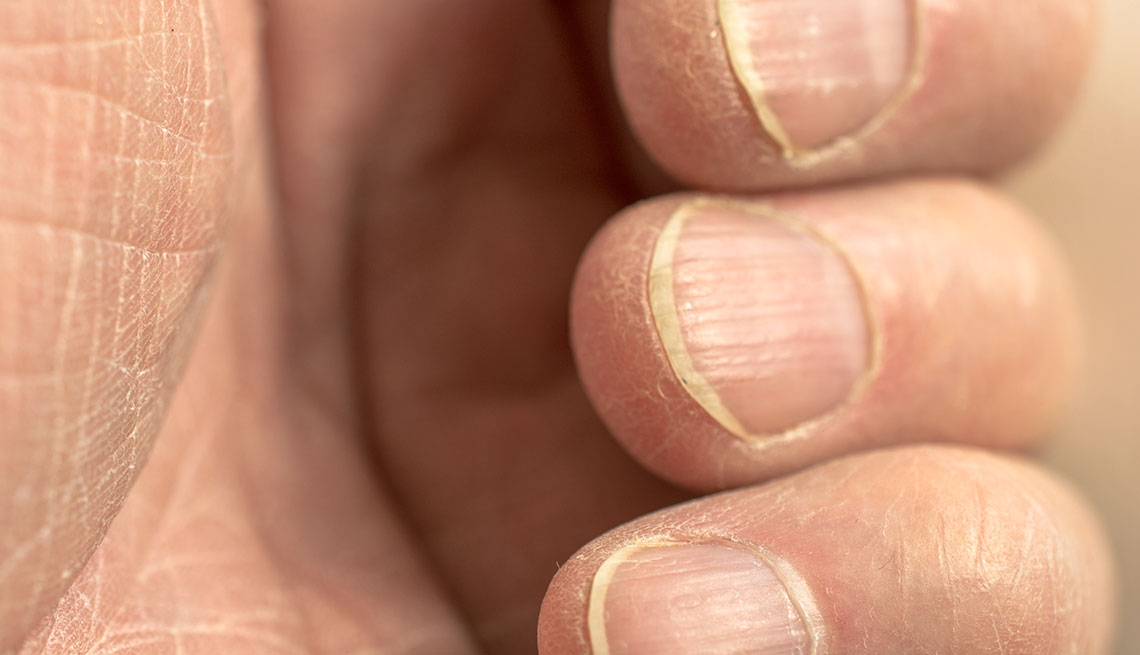
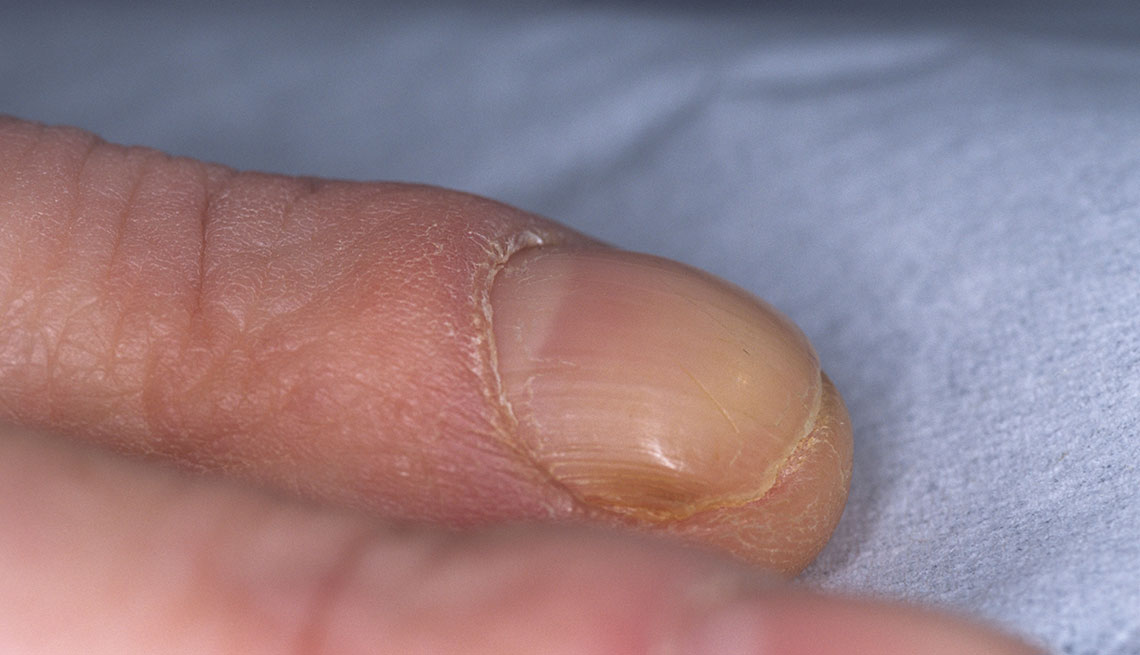
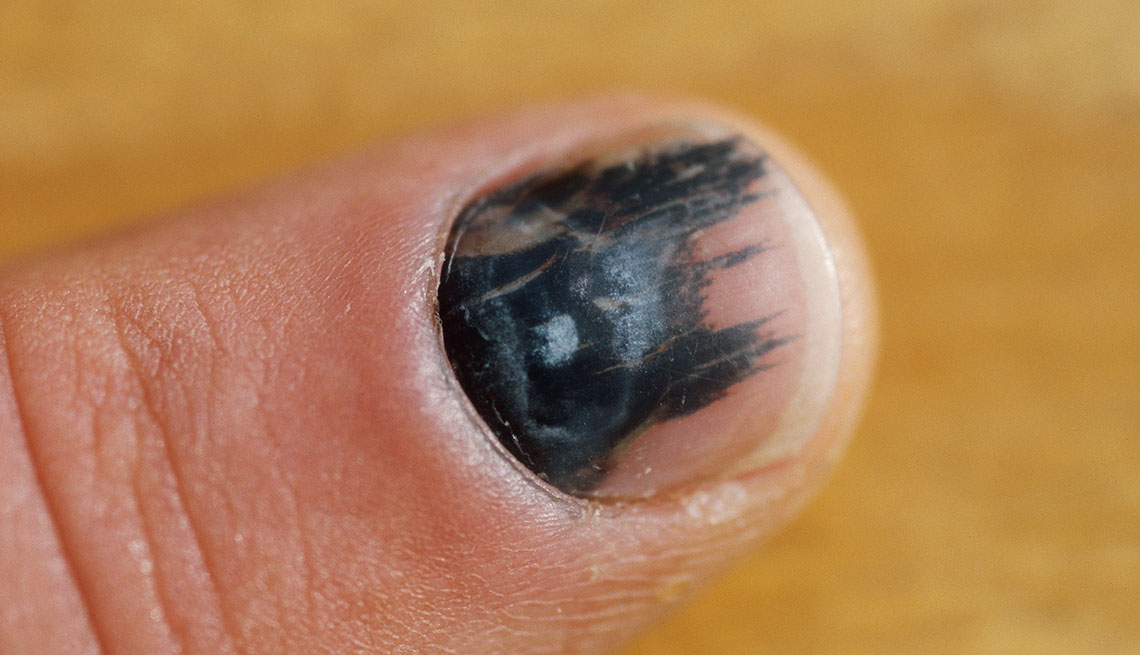
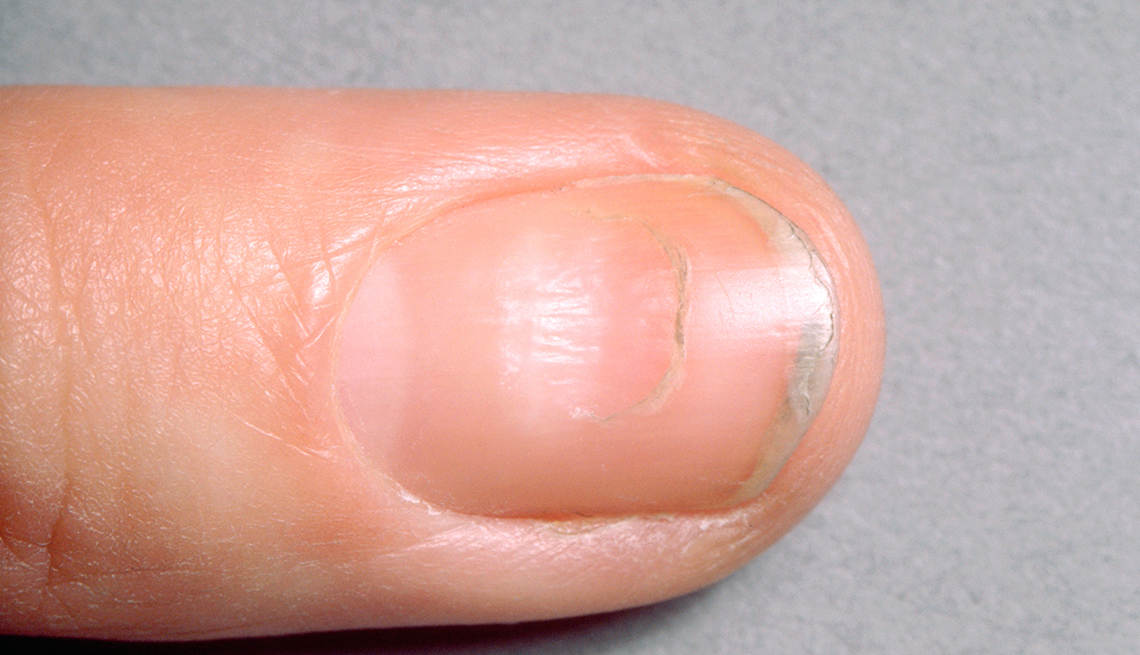
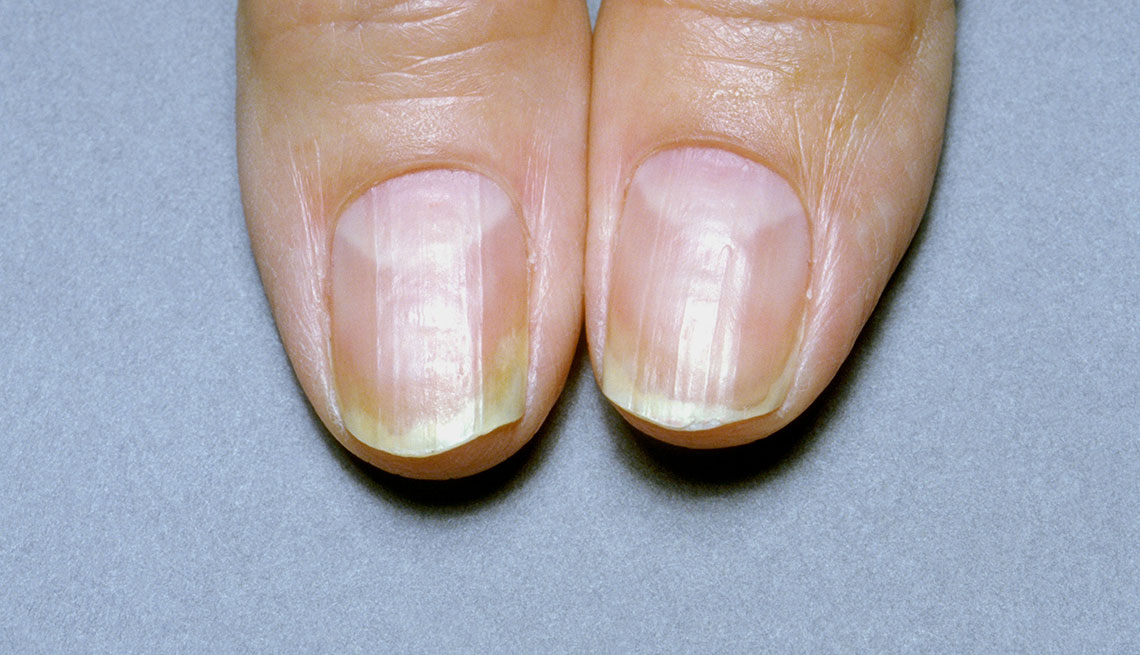















0 Response to "Surprising Things Your Fingernails Can Reveal About Your Health - AARP"
Post a Comment